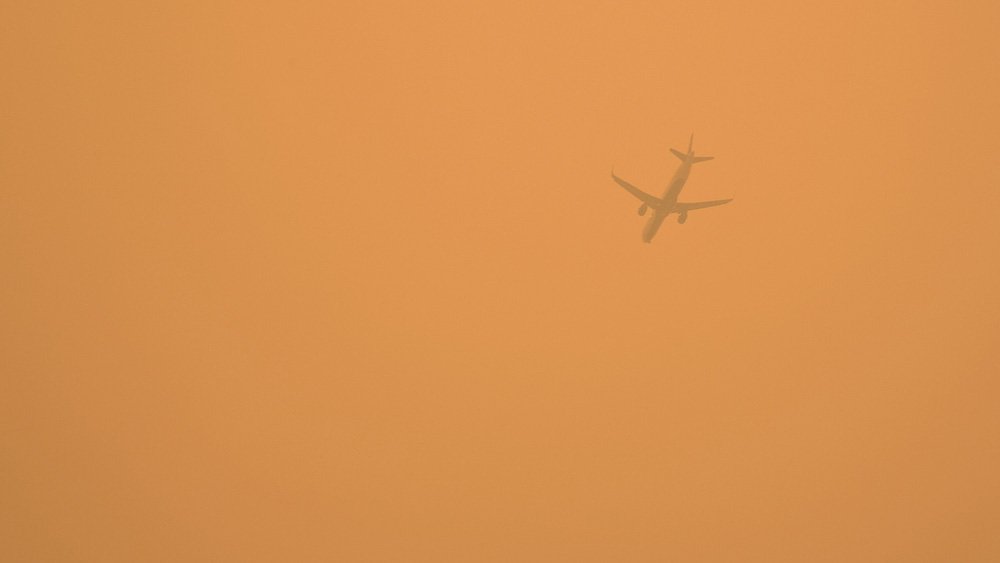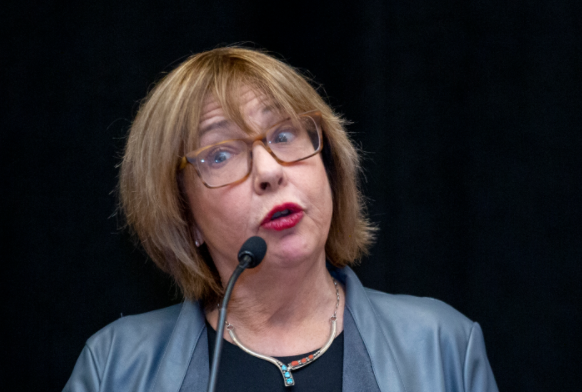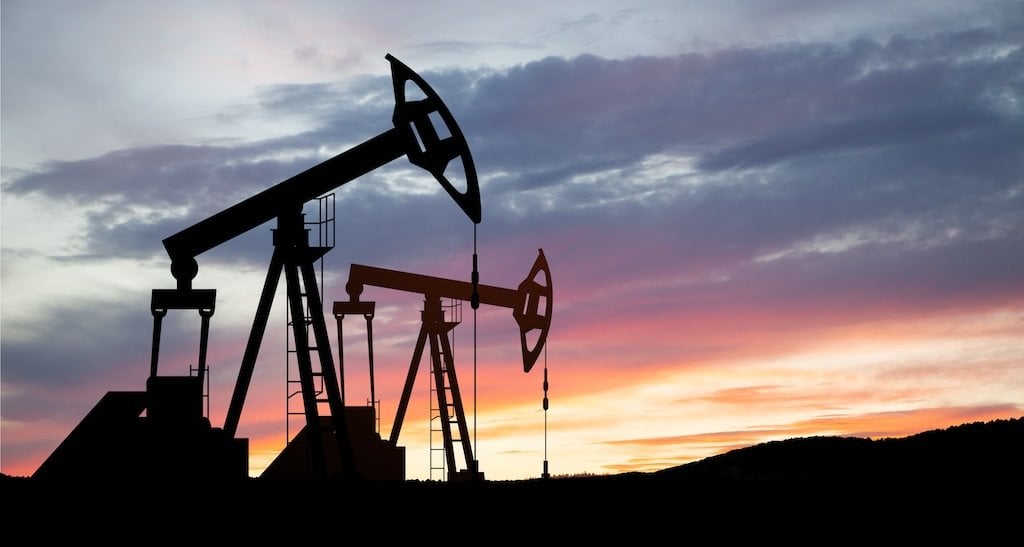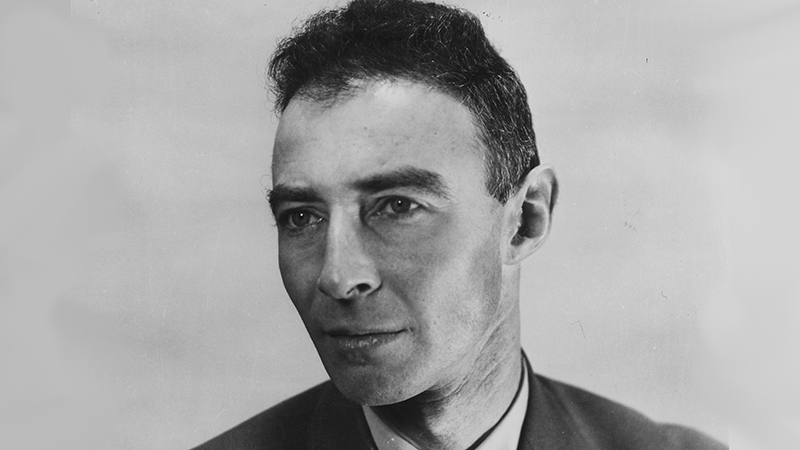New York City, my city, has always been plagued by episodes that keep us thinking about the way things might end. Blackouts, shootings, terrorist attacks, pandemics — because we’re such a highly concentrated population we take everything with a bit more of a gut punch.
Last week, the smoke rolled in slowly like an acrid fog. It wasn’t weed or charred gyros … the burning smell in the air harkened back to the smells of Sept. 11th 2001, when the twin towers went down in flames. For all of NYC’s olfactory stimuli, blazing inferno is still atypical.

he sunset on June 6th was a big red ball amidst a sepia haze. But New Yorkers gotta scurry, so, oblivious, I attended a Broadway production, where singers were being pushed to hit the high notes even as the smoke thickened inside the theater. Unbeknownst to us, or, I suspect the cast of the play, other productions like Camelot and Hamilton had already been canceled. So was the NY Yankees game. The FAA issued a June 6th alert that inbound flights to La Guardia Airport would be grounded due to low visibility.
By June 7th we were in the cupboards where the stack of N95 masks that we’d only recently put away were called for a return to duty. Watery eyes, constricted throats, and a dulling headache were shared symptoms felt by any New Yorker who’d been out and about. It was pandemic deja vu, except this time we were protecting ourselves from the air itself. Courts and many schools were closed. It was even declared an alternate side of the street parking holiday so cars fumes could not add insult to injury. We were amazed when we heard that smoke was coming from so far away.
That day, I decided to keep my scheduled business lunch in midtown. There was this “Weimar Republic” mood at the new Jose Andres restaurant. Amidst the gaiety of a return to normal business crowd, we were all watching the skies darken outside the restaurant window. Commuters, tourists — everyone was trying to capture the most Instagrammable moments of the strange streets. I met a woman who worked at a NJ hospital who reported that the ER was overflowing, mostly with folks who had asthma or other respiratory conditions.

Air purifiers and masks are the new toilet paper. Armbrust American, a mask manufacturer in Texas, told The Wall Street Journal that sales of one N95 model surged 1,600% from Tuesday to Wednesday. Home improvement store, Lowe’s, reported that mask demand was up in areas affected by wildfire smoke. On Amazon.com, sales of air purifiers increased by 78% during the past seven days, while sales of air filters increased by 30%, according to Jungle Scout, which tracks data from thousands of merchants who sell their products on Amazon in the U.S..
First by Rain, Then By Fire
Wildfires, as we know, have worsened over recent years, quickly reversing decades of improvements in air quality made under the Clean Air Act, according to research published by Stanford University. The study goes on to point out that the dangers of wildfire smoke have gone from rarity to routine, with the number of people exposed to wildfire smoke increasing by 27-fold. And the economic toll is being quantified. The toll of smoke on the U.S. economy is now about $125 billion a year, according to the National Bureau of Economic Research. And studies show a true correlation between dryness, hot temperatures and forest fires.
How Do We Respond?
On an individual level, just like reading the labels on the products we buy, we’re going to need to learn new air pollution cognitive skills. I go to the NY Health Department daily now. You should do the same where you live. The EPA has an app to check current and forecast air quality information for planning daily activities and protecting your health. The app automatically displays the current AQI (Air Quality Index) for your local area or any area you wish to check and allows you to store multiple areas for quick reference. Apple’s standard weather app also displays AQI scores. For reference purposes, normal air quality gets a score of 50-70. NYC reached 490 ( out of 500) on the AQI index. Air purifiers, while selling like wildfire (irony intended) will not work if they’re simply your garden variety. Consumer Reports says you want one with HEPA filter and a large fan that helps to force air through a fine mesh to trap particles. Keep your mask on but don’t reprise your cloth favorites. N95 and KN9 masks are best to filter out particulates in the smoke-laden air.
On a societal level we need to look for best practices in wildfire management. In California they are increasing the number of prescribed fires and other forest management techniques to help reduce the risk of out-of-control megafires. Controlled fires that rid areas of brush has seen some success, and manually thinning out areas can work too.
In 1992, Mexico City was declared the city with the most polluted air. They turned things around by deploying measures that some considered extreme at the time. These included the removal of lead from gasoline, implementation of catalytic converters in automobiles, reduction of sulfur content in diesel fuel, closure of an oil refinery, substitution of fuel oil in industry and power plants with natural gas, reformulation of liquefied petroleum gas for cooking and heating, reinforcement of vehicle inspection and maintenance program, and implementation of “no driving day (Hoy No Circula)” rule. The situation is greatly improved and ongoing maintenance and new ideas are still being implemented.
We’re beginning to learn to prepare for the unexpected now that the unexpected has become the norm. The realities of the climate crisis become harsher and more inescapable by the day.
And to our friends in Canada, our thoughts are with you.
















